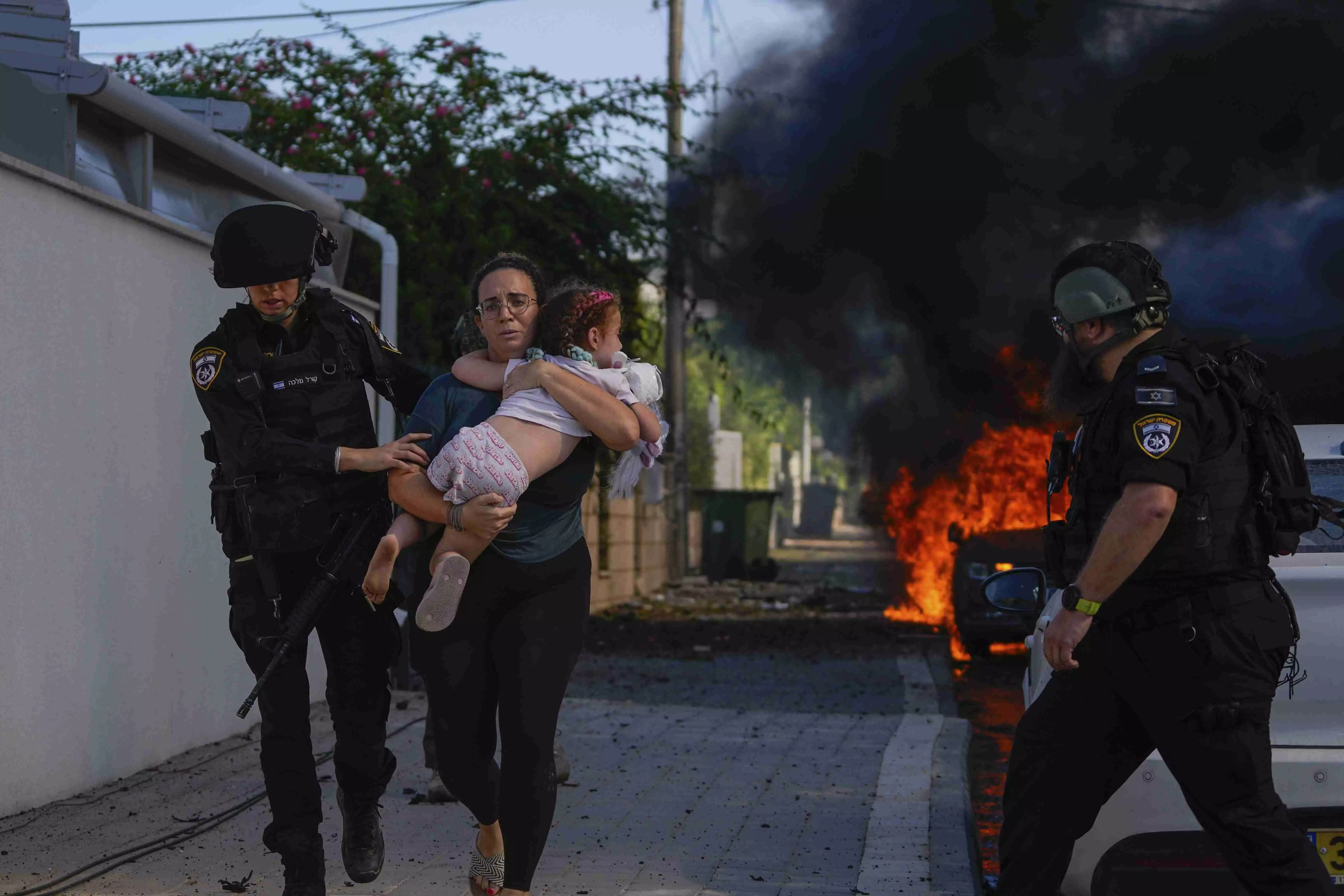Fleeting respite

After seven weeks of relentless and lethal conflict between the Israeli government and Hamas, a four-day ceasefire has been brokered, offering a brief respite to the battered population of the Gaza Strip. The agreement stipulates that Hamas will release 50 civilian hostages, while Israel will release 150 Palestinian prisoners. Though this temporary pause provides a moment of relief, it's essential to recognise that it may merely be a precursor to a more intense phase of the conflict once the agreed-upon period concludes. The toll of casualties and destruction inflicted in the Israel-Hamas war is staggering. Triggered by Hamas' attack on Israeli territory on October 7, which claimed 1,200 lives, Israel responded with a prolonged offensive, resulting in over 13,000 Palestinian casualties and extensive damage through airstrikes and bombings. Shockingly, the majority of those killed were children and women. In a strategic move, Hamas has been holding 240 Israelis captive, setting the stage for a potential future negotiation. It won’t be wrong to say that for Hamas, the hostage deal was always on the cards. However, the real twist came from the side of Isarel. Initially, Israel held an uncompromising stance to crush Hamas, turning Gaza into a graveyard. Primarily buoyed by domestic support from right-wing factions and centrists, Israeli Prime Minister Benjamin Netanyahu faced a gradual erosion of backing as the families of hostages grew increasingly vocal and influential within Israel. These families, along with their supporters, mounted a relentless public campaign, emphasising the value of captive lives above the pursuit of war and revenge. Hamas, at the same time, displayed tactical acumen by involving the United States in ceasefire negotiations. Midway the Israeli offensive, by releasing hostages, including American citizens, Hamas had exerted pressure on both the US and Israel. Notably, among the hostages slated for release in exchange for Palestinian prisoners, three are expected to be of US origin. Throughout November, Washington intensified pressure on Netanyahu to reach a deal, ensuring a continuous stream of US officials visiting Tel Aviv. Qatar also certainly played a crucial role as a mediator in facilitating the ceasefire. The Qatari government approached the White House to convey Hamas' interest in negotiations, proposing the establishment of a dedicated cell involving US, Qatari, and Israeli representatives. Ostensibly, the combined pressure from the US, Qatar, and Israel's own domestic population eventually compelled Israel to agree to the ceasefire. While Hamas' tactics and Israel's evolving understanding of the war's complexities played roles, it is Israel's altered stance, more than the facts, that led to the ceasefire. Israeli leaders remain unwavering in their commitment to resume the war forcefully once the truce concludes. Speculations about the post-ceasefire scenario abound, with some suggesting extensions in ceasefire through further swaps of hostages and prisoners, while others anticipate a reinvigorated retaliation from Hamas. The uncertainty surrounding these theories underscores the need to focus on the factors that prompted the current temporary ceasefire. The convergence of domestic pressure, international mediation, and a recognition of the complexities of the conflict has given rise to a momentary pause in the hostilities. Whether this fragile truce evolves into a sustainable peace or merely serves as a brief interlude in a protracted struggle remains uncertain, but what is clear is that the human toll of this conflict demands a swift and lasting resolution. The world watches with bated breath as the region teeters on the edge of uncertainty, hoping for a path towards enduring peace.



